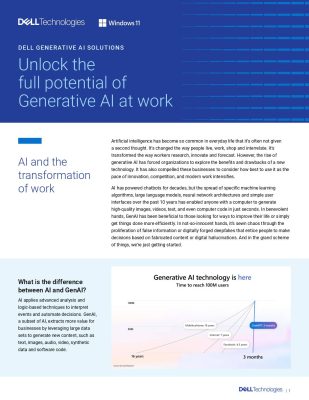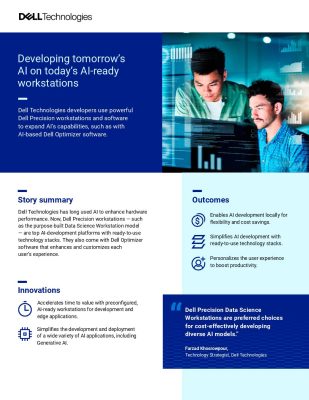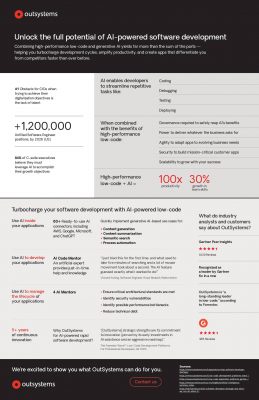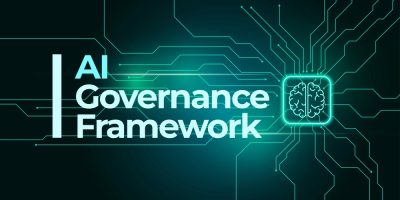Highlights:
- New Relic offers real-time monitoring to help enterprises detect and resolve issues like performance slowdowns, server failures, and network bottlenecks.
- When a user encounters an issue, they may see data on a dashboard triggered by an alert, but it can be time-consuming to interpret. Amazon Q helps by converting the data into natural language, tailored to the user’s goals.
Recently, a cloud and application observability company, New Relic Inc., unveiled a new integration with Amazon Q Business, an Amazon Web Services Inc.’s enterprise AI assistant.
The company stated that the new collaboration offers business and IT professionals a novel approach to addressing operational issues more efficiently. It enables them to understand underlying problems through a conversational language interface integrated into their workflow, rather than merely analyzing data on a dashboard.
New Relic offers a real-time monitoring solution that enables enterprises to identify and address issues like application performance slowdowns, server failures, and network congestion. The relevant data is often dispersed across various systems and challenging to consolidate, a task at which New Relic’s AI agents excel.
“The next level for our industry is to move past showing people things that they know they’ve asked for and into a system of intelligence that can dig into that information and actually help them understand. The problem people are coming to us with is that people need to understand how their software works in reality,” Nic Benders, Chief Technical Strategist at New Relic reported.
When a user identifies an issue in their business system, they may turn to a dashboard triggered by an alert. While the data presented is valuable and essential, it can take time to interpret and understand. This is where Amazon Q steps in, transforming the data into natural language that aligns with the user’s goals, making it easier to contextualize and act upon.
For instance, if a problem arises following a recent update and the user is a developer, New Relic’s AI agents work behind the scenes to supply Amazon Q with all the necessary data. This includes details about the previous code, recent changes, and past and current performances. Amazon Q then analyzes this information and provides a summary of the issue, explaining how the code update may have contributed to it.
This enables the user to request recommendations on fixing the code or performing a rollback. With access to historical performance data and a comprehensive understanding of the company’s technical systems and documentation, Amazon Q acts as an advisor, offering guidance throughout the process.
“This is like having that experienced old timer sitting right next to you and having them say, ‘Oh yeah, let me show you how this works. You’re still going to it like you’re in charge, but you’ve got this voice of experience by distilling out what is in the Amazon Q for Business and New Relic intelligence agents’ expertise,” said Benders.
New Relic’s AI agent and Amazon Q can now collaborate to help business users comprehend complex workflows and address issues, ensuring the maintenance and enhancement of digital services, Benders explained. This integration is particularly beneficial for individuals with some technical knowledge who may not fully understand the system due to focusing on other responsibilities. With Amazon Q’s conversational abilities to answer questions, provide summaries, and bridge knowledge gaps, these users can effectively leverage expert-level insights.
According to the company, all data from New Relic can be accessed, summarized, and queried directly within Amazon Q. This integration removes the need to switch between applications when diagnosing or resolving issues. By presenting all information and insights within Amazon Q’s interface, users benefit from a unified experience, saving both time and effort.





























































